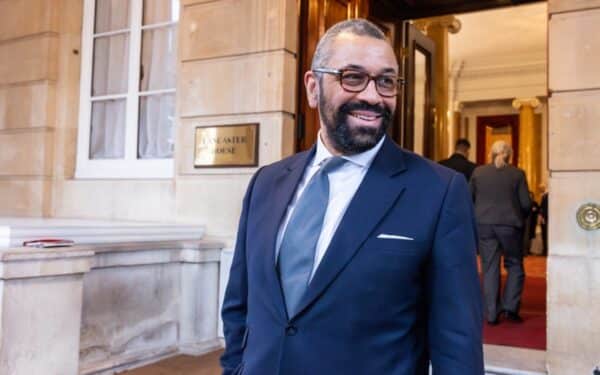The vote to leave the European Union has turned the world upside down. There is a fog of discussion about what the result really meant – are we in a post-liberal world now, or a post-truth one – but one thing is obvious: the Brexit vote revealed, with unprecedented clarity, the extent of the social divisions that wrack the United Kingdom.
That view has been corroborated this week by the findings of Dame Louise Casey’s Review, which found not only division and dislocation but something much more alarming:
“… high levels of social and economic isolation in some places and cultural and religious practices in communities that are not only holding some of our citizens back but run contrary to British values and sometimes our laws. Time and time again I found it was women and children who were the targets of these regressive practices. And too often, leaders and institutions were not doing enough to stand up against them and protect those who were vulnerable.”
Dame Louise is not known for mincing her words but this is strong language for a government document. It lays down the other post-Brexit challenge – not how we redefine our relationship with the EU and the outside world, but how Britons go about repairing our relationships with one another. We need to recognise that there are not just two nations in Britain but dozens of them, striated by class, of course, but also ethnicity, culture, age, religion and place.
As David Goodhart explains in his seminal book The British Dream, successive governments have pursued a policy of multiculturalism over the last 40 years. This has sought to promote tolerance of, and accommodation with, immigrant communities rather than the more complex challenge of trying to integrate them. In many parts of Britain, people from different religious and ethnic groups live side by side, mainly peacefully, but very little activity – social, civic, economic – crosses these bounds. Lives are lived in parallel, with the Temple, Gurdwara, Mosque or Church usually at the centre of each group’s activities. Goodhart convincingly argues that this policy has two major flaws – it weakens the bonds necessary for a well-functioning society, and it creates resentment among all groups but especially the host majority.
Dame Louise comes to more or less the same view, but while there is much talk of integration in her final report there is no mention at all of assimilation. This is a critical distinction because integration is based on a premise of equivalence of all cultures whereas assimilation asserts that the host culture must take precedence. Why is this important? Consider some innovative research done by Eric Kaufmann of Birkbeck College in London. He conducted an experiment, testing voters’ views about immigration once they have heard one of two stories based on facts in the debate: the first that immigration is leading to change and diversity; the second that immigrants largely assimilate into the host society and become part of its common cultural identity. The findings were stark: a 15 percentage point drop the proportion of white working class voters who agreed that “immigration should be reduced a lot” when they heard the assimilation story compared to the diversity one.
So, learning the lessons of this piece of research, how might we create a more cohesive society rather than one that is slowly drifting apart? Education has a central role to play, although changing school admission arrangements is unlikely to be successful because quotas are very unpopular with parents and simply placing children from different backgrounds together in a classroom does little, in itself, to promote common understanding. A more positive approach is needed, in four parts. The first is to make sure there is very rigorous literacy and numeracy teaching from a young age so they have the basic skills needed to participate in society. Second, children need to a knowledge-rich academic curriculum that introduces the children to, in Matthew Arnold’s famous words, the best that has been thought and said. This is the only way they will be able to have a powerful voice in Britain’s national conversation.
Third, schools must explicitly and purposefully teach a programme of character virtue development so that pupils understand that the keys to a life well lived are to be found in all major religions and cultures, and that there is much more that binds us as humans than there is that divides us. Promoting British values is seen by some schools as a box-ticking exercise to satisfy Ofsted. It would be more effective to teach children about tenacity, kindness, courage, curiosity and service to others. These virtues are a flag around which every family and community can rally. Finally, instead of simply judging schools by the achievements of individual students, we need to find a way to measure how successfully schools assimilate ethnic groups – including white working class pupils, among the lowest achieving and most excluded – into mainstream British culture.
Dame Louise ends her introduction by saying: “My overriding hope is that we can work together in a spirit of unity, compassion and kindness to repair the sometimes fraying fabric of our nation.” Carrying out this repair needs more than just tolerance; it requires is an activist approach aimed at inducting young people into the wonderful, tradition-rich but forward-looking culture of modern Britain.



